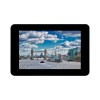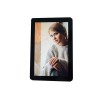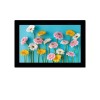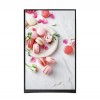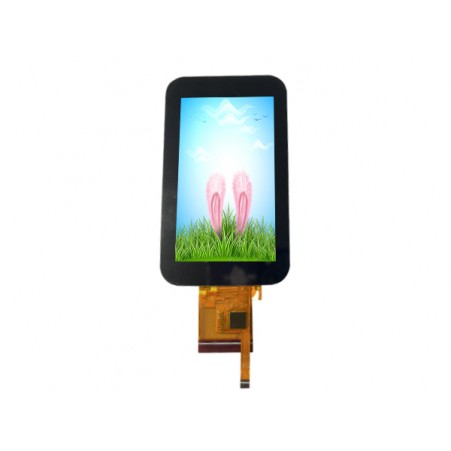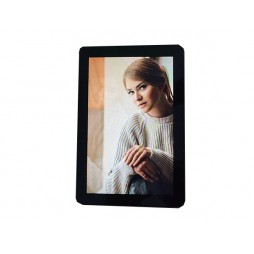Products
3.0 inch ips RGB 480*854 300nits full view touchscreen display
3.0 inch LCD normally black 480xRGBx854 resolution with RGB interface lcd display module for industrial instrument
Product advantages: Full View angle, high brightness lcd touch panel
LCM Model: R30010-480854RZ-QC
LCD Size: 3.0inch
LCD Resolution: 480x854
DriverIC: ST7701S
LCM Interface: RGB /MIPI
Display view angle: IPS
Display brightness: 300 nits
Touch Screen: PCAP
3.0inch tft lcd Display touch screen parameters:
|
Item |
Specification |
Unit |
|
LCD screensize |
3.0 |
inch |
|
Display Mode |
Normally Black |
-- |
|
Resolution |
480x(RGB)x854 |
Pixel |
|
Pixel arrangement |
RGB Vertical Stripe |
|
|
Viewingangle |
FULL VIEW(IPS) |
- |
|
LCM Module outline |
42.7×74.7 ×2.5 |
mm |
|
LCD AA |
37.44×66.61 |
mm |
|
DisplayColors |
16.7M |
colors |
|
Driver IC |
ST7701 |
- |
|
LCDInterface |
RGB |
-- |
|
Luminance |
300 |
cd/㎡ |
|
Backlight Arrangement |
White LED |
-- |
|
Touch IC |
GT911 |
-- |
|
Touch point |
5 point |
-- |
|
Touch structure |
GG |
-- |
|
Touch Interface |
IIC |
-- |
|
Cover lens colour |
BLACK |
mm |
|
Surface hardness |
6H |
-- |
|
Weight (LCM/TP+LCM) |
TBD |
g |
|
Operating Temperature |
-20℃~ +70℃ |
Deg.c |
|
Storage Temperature |
-30℃~ +80℃ |
Deg.c |
What is the touch panel in mobile?
A touch panel in mobile devices refers to the touch-sensitive interface that allows users to interact with the device through touch gestures. Here are the key aspects of a touch panel in a mobile context:
1. Functionality:
The touch panel enables various touch interactions, such as tapping, swiping, pinching, and scrolling. This functionality allows users to navigate the user interface, select apps, type on virtual keyboards, and perform other tasks without using physical buttons.2. Types of Touch Technology:
- Capacitive Touch Panels: These are the most common type used in modern smartphones and tablets. They work by detecting the electrical properties of the human body. When a finger touches the screen, it alters the electrostatic field, allowing the device to determine the location of the touch.- Resistive Touch Panels: Though less common in smartphones, resistive touch panels consist of two layers that sense pressure. They can be operated with fingers, styluses, or other objects, but are typically less sensitive than capacitive screens and do not support multi-touch gestures.
- Other Technologies: There are also emerging technologies like optical and ultrasonic touch panels, but these are less prevalent in mainstream mobile devices.
3. Multi-Touch Capability:
Most modern mobile touch panels support multi-touch input, allowing users to perform gestures with multiple fingers simultaneously (like zooming in and out).4. Surface and Protection:
The touch panel is often covered with a protective layer of glass or plastic, which may feature additional treatments such as anti-glare or oleophobic coatings to reduce fingerprints and smudging.5. Integration with Display:
In many mobile devices, the touch panel is integrated with the display itself, forming a single unit known as "touchscreen." This integration helps improve responsiveness and reduces the thickness of the device.6. Software Interaction:
The mobile operating system and applications utilize the touch panel’s input to offer interactive features, enabling things like gesture recognition, touch feedback (such as vibrations), and intuitive navigation.In summary, the touch panel in mobile devices is a crucial component that enhances the user experience by allowing direct, touch-based interaction with the device's interface.


